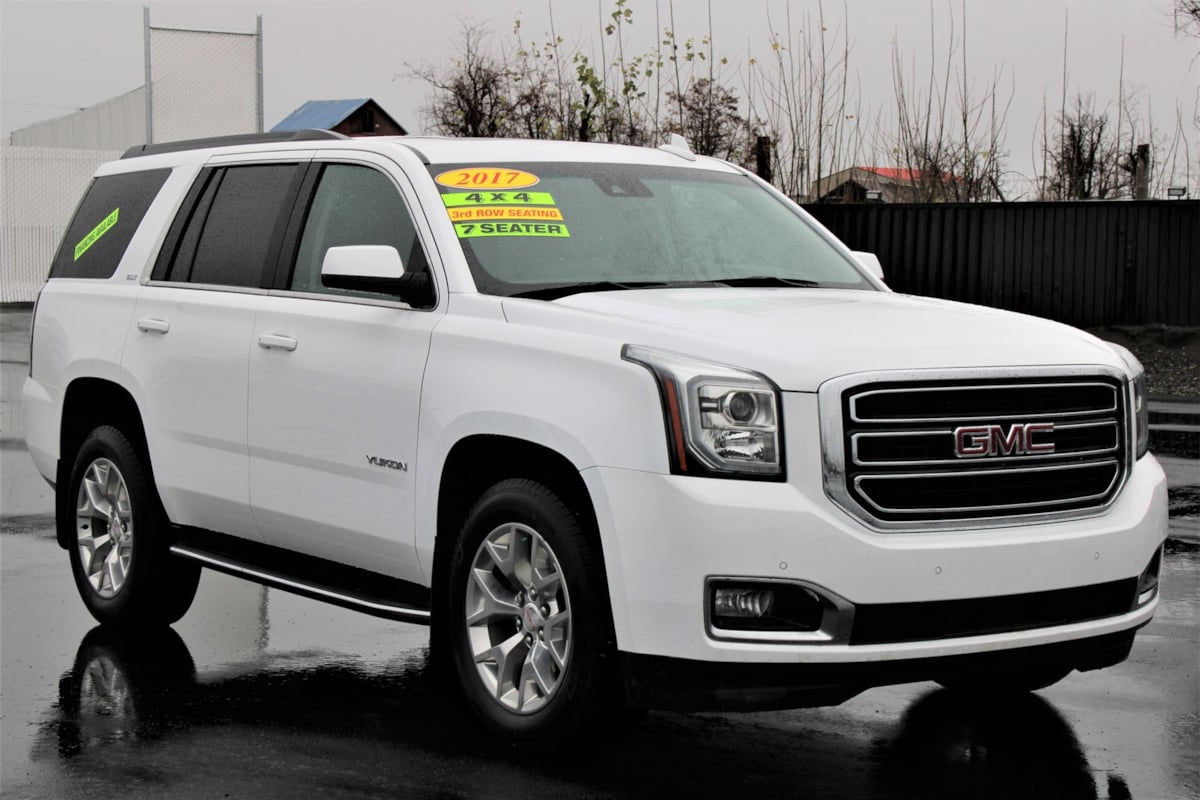Avoiding Overpriced Used Cars: Researching Market Values to Buy a Used Car
Buying a used car can be a great way to save cash while as yet acquiring a reliable and top-notch vehicle. It’s crucial to avoid overpaying for used cars in miami by researching and understanding its market value. By leading intensive market value research, you can make informed choices and negotiate a fair price.
Where to Find Reliable Market Value Information
Several reliable sources can assist you with deciding the market value of a used car.
- Online Automotive Marketplaces
- Vehicle Valuation Tools
- Dealership Websites
Factors That Influence Used Car Values
Several factors influence the value of a used car. It’s important to consider these factors while researching market values:
Mileage and Condition
The mileage and condition of a used car significantly impact its value. Generally, lower mileage and better overall condition command greater costs. Cars with broad service records, regular maintenance, and minimal wear and tear will quite often retain their value better.
Vehicle History and Service Records
A vehicle’s history, including accidents, repairs, and title status, can affect its market value. Obtain a vehicle history report to understand its past and make an informed choice. Cars with clean histories and factual service records are generally more desirable and bring greater costs.

Demand and Supply
Supply and demand dynamics in the used car market play a crucial job in deciding prices. Popular makes and models with appeal will quite often have higher market values. Regional factors can help to find the cheapest used cars in miami, like the availability of explicit vehicles in your area.
Location and Seasonal Trends
Geographical location and seasonal trends can impact used car prices. Prices may vary based on factors like local market conditions, climate, and the popularity of certain vehicles in unambiguous areas. Additionally, seasonal trends, like increased demand for SUVs during cold weather months, can affect prices.
Researching market values is a crucial stage in buying a used car and avoiding overpaying for a vehicle. By using reliable sources, considering factors that influence value, and following additional tips, you can navigate the used car market with certainty. Armed with market knowledge, you can negotiate a fair price and make an informed choice that aligns with your budget and preferences.




